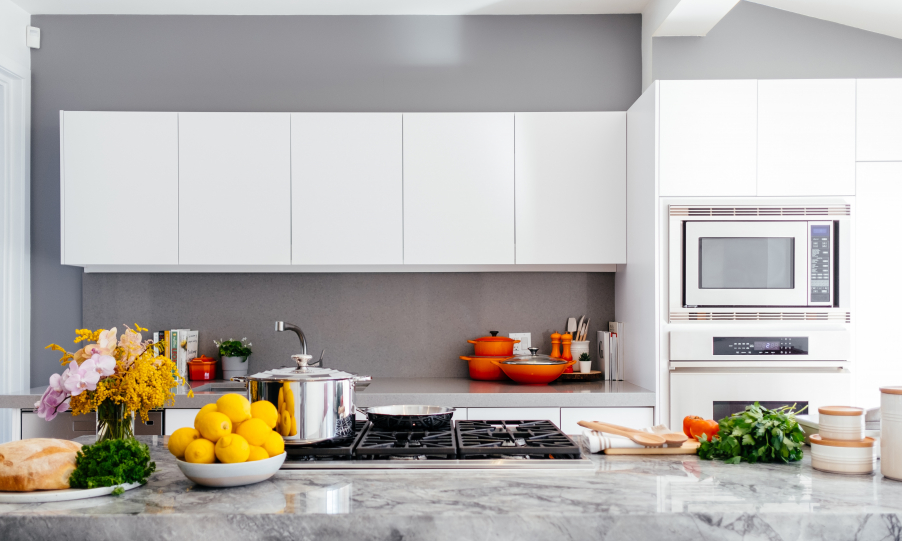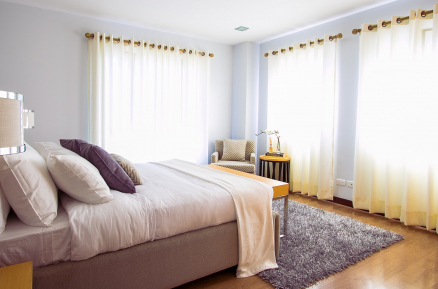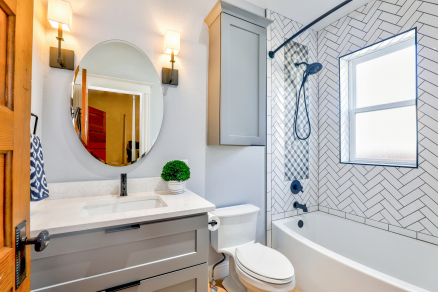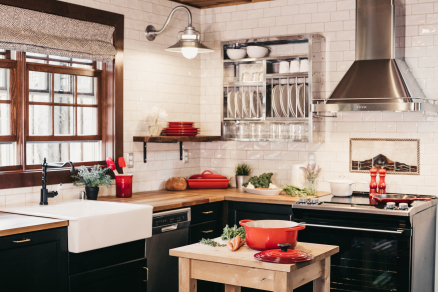Kitchen designs and layout to tackle dementia
In this article we cover kitchen layout and designs such as kitchen safety for the dementia. We also focus on some of the products which are available to support safety in the kitchen.
Enjoyment of food
It is crucial to adapt the kitchen to allow people with dementia to really enjoy food as much as possible, for as long as possible. Healthy eating and drinking is paramount to the person’s health and ability to deal with dementia. Failure to eat and drink properly can lead to infections, falls and confusion which will lead to hospital admission and potentially means they will never be able to return to their own home.
People have historically associated dementia as a ‘wasting disease’ where the patient withers and dies slowly. It is now acknowledged that the main problem was that often enough, the patient was not eating enough or encouraged to eat enough.
There are numerous ideas and designs that can be employed to make sure that eating and drinking is encouraged.
Visibility
The first ‘design’ aspect is to make sure that the kitchen is easily identifiable as a kitchen. This may seem to be an obvious point to some, but often these days, modern fitted kitchens have the appliances tucked away/hidden behind fronts etc. Each main component of the kitchen, such as the cooker, fridge etc, need to be on show, seen clearly. For instance, if a person is older, having a traditional cooker is often the best idea as this style is what the person would have been accustomed to most of their lives.
As well as the appliances being on show and visible, having the contents of some of these appliances, as well as cupboards etc similarly visible is ideal. Having a glass fronted fridge, cupboards is perfect. The benefits to this are numerous. Having the food on show can encourage the patient to eat, as well as helping the carer to keep a check on food stock levels and to make sure food is rotated to combat shelf life issues.
A piece of advice that has worked well in the past when it comes to encouraging the person with dementia to eat, is the opposite of what the slimming experts say! Rather than keep the temptation at bay, make sure the really nice food is at the front of the fridge and/or cupboard!!
Taking the doors of cupboards, and using open shelving with rails and hooks to hang utensils so they are easy to identify and grab are really useful ways to make eating easier and more enjoyable.
Labelling
Labelling is another technique to help in the kitchen. For example, marking the water taps, HOT & COLD will certainly help, as well as labelling to offer ‘instructions of use’ for the cooker/toaster etc will also help.
Labelling different food items to avoid misuse will also benefit the person. The amount of labelling and instructions required will depend on the patient, but making it clear and easy to see will all contribute to the eating/drinking experience.
Keep labels are eye level or slightly below. Patients suffering with dementla tend to look down, so if you are labelling cupboards, keep them by the handles.
Technology
Technology can also help in other ways such as microwaves with barcode readers so patients don’t have to bother trying to read the really small cooking instructions on the packaging. ‘Temperature extreme monitors’ can also be employed to detect very hot and very cold surfaces to aid kitchen dementia safety and help with cooking.
Staying with the technology aspect to the kitchen, if an appliance and/or piece of equipment breaks, then it’s important to purchase and replace with the same appliance/equipment so that the person knows how it works, what it does.
Another important factor when looking at ways to encourage eating is the smells/aroma’s that are given off. You can actually buy a machine called an ‘Ode’, which is plug in, and will give off certain aroma’s at selected times of the day to encourage eating and remind patients of their hunger.
Decluttering, flooring and lighting
Another important factor to take into account is to make sure that the kitchen is decluttered as much as possible. Remove items that are not used, as well as removing anything poisonous/dangerous. On the flip side, make sure that items that are used all the time, are out in the open and easy to get hold of, such as the kettle, tea bags etc.
Make sure that all trip hazards are removed, and it’s crucial to make sure that the flooring is non slip. There are commercial floor coverings available that are easy to clean and retain a high level of slip resistance even when wet. Floor coverings need to be plain and non shiny.
Carpets are helpful, they are softer to land on if the person has a fall, but they are difficult to keep clean, however, there are cleanable carpets are now available. It’s worth noting that avoiding slipping has much to do with footwear as it has to do with flooring, so best to make sure that suitable shoes are worn.
Lighting in the kitchen is also very important to get right. A kitchen needs to be ‘light and bright’, but measures need to be taken to reduce shine and glaring, otherwise the patient can become confused and disoriented. This is not desirable at the best of times, certainly not in a kitchen - it is worth tackling the lighting and flooring aspects together.
Summary
In summary, there are plenty of ways of making sure that the kitchen remains fit for purpose for a dementia patient, making sure that the person remains safe, whilst being encouraged to eat and drink properly and remain as healthy as possible. There needs to be a constant understanding of the person’s continued condition and level of risk, but it’s important to note the right of the person with dementia to choose to manage those risks and be able to enjoy making food for themselves and others. Continued management of design, ideas and dialogue between the carer and the patient can help to make sure this continues for the benefit of all.
For more details on keeping other rooms in the house safe, see here.
Free care finding service







